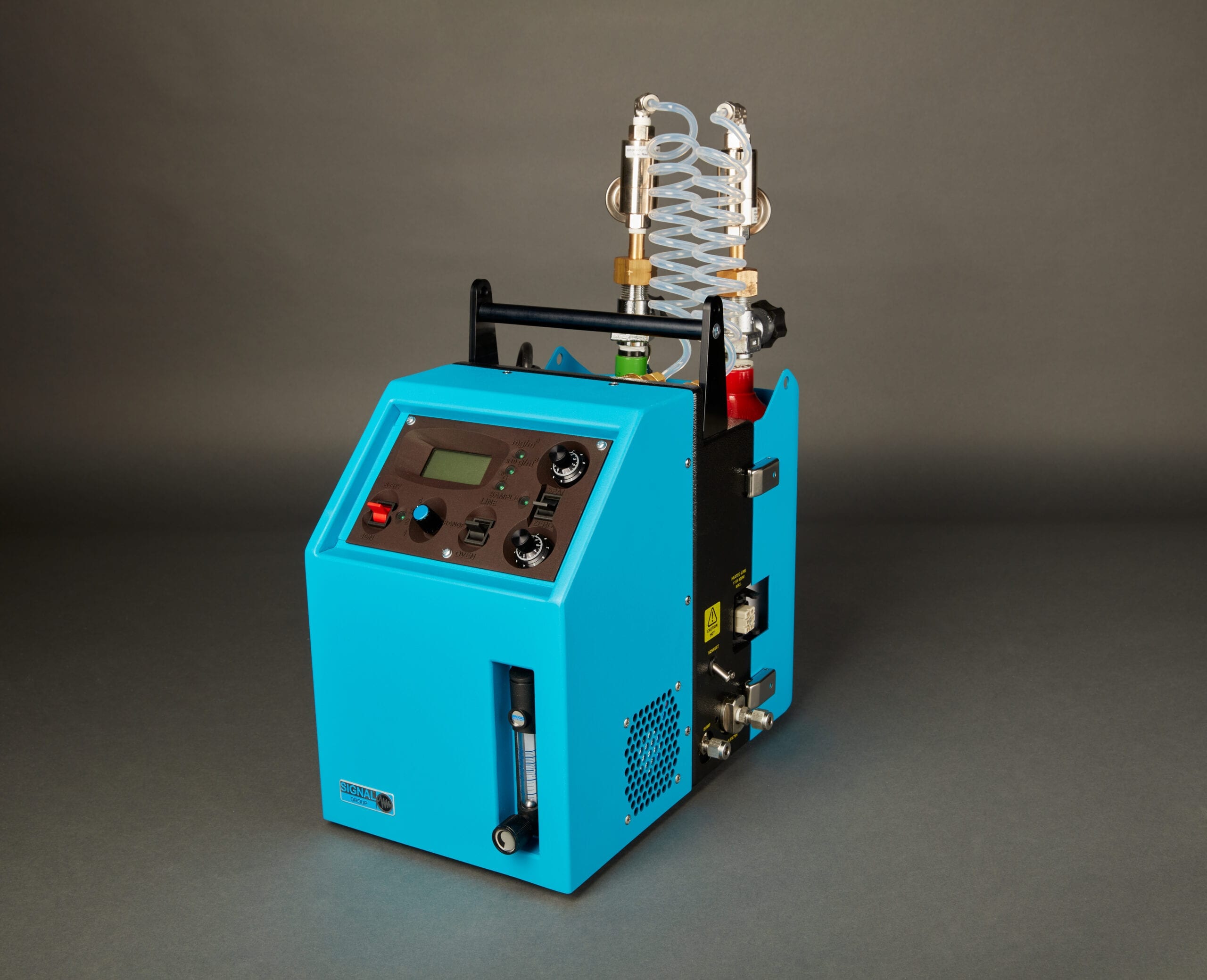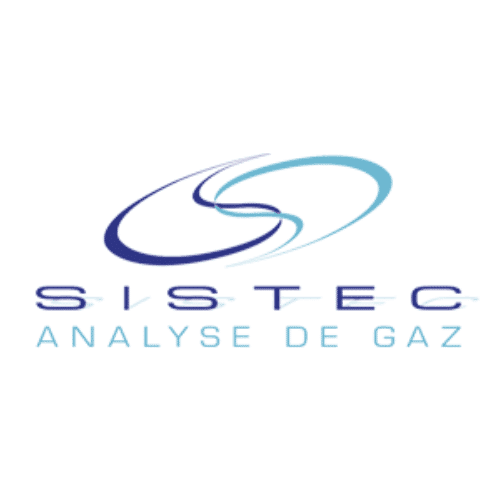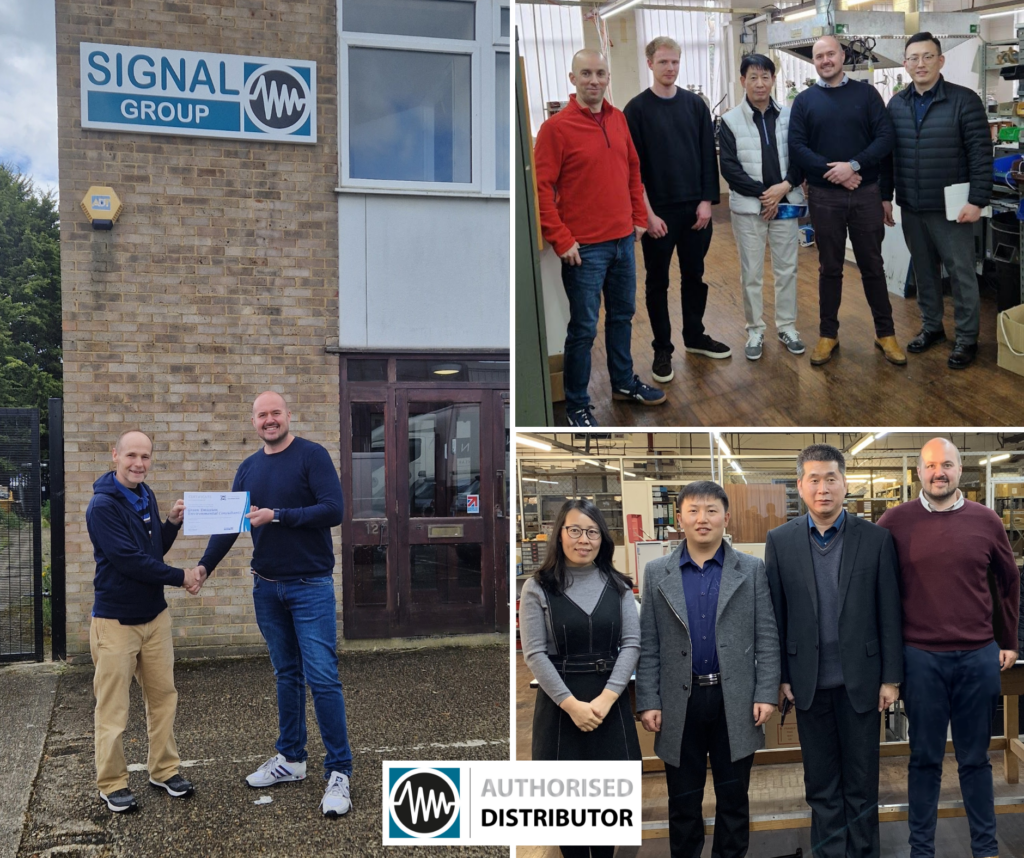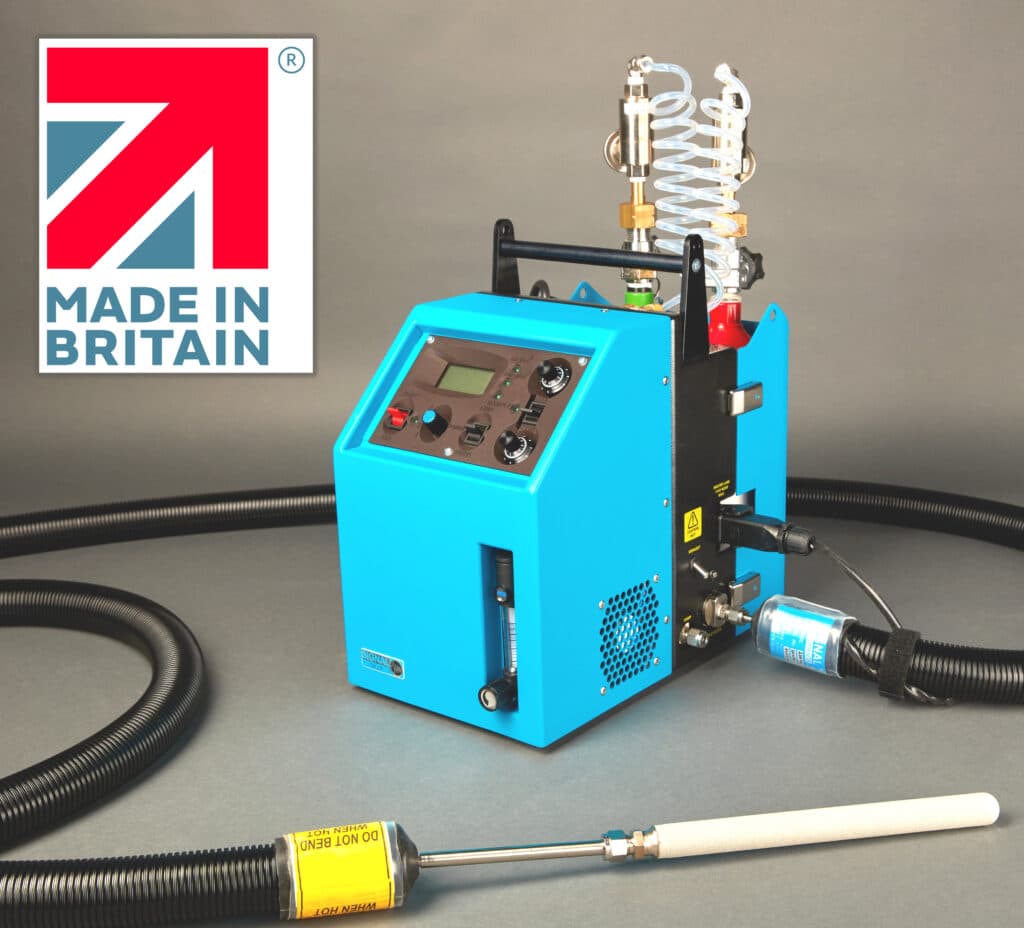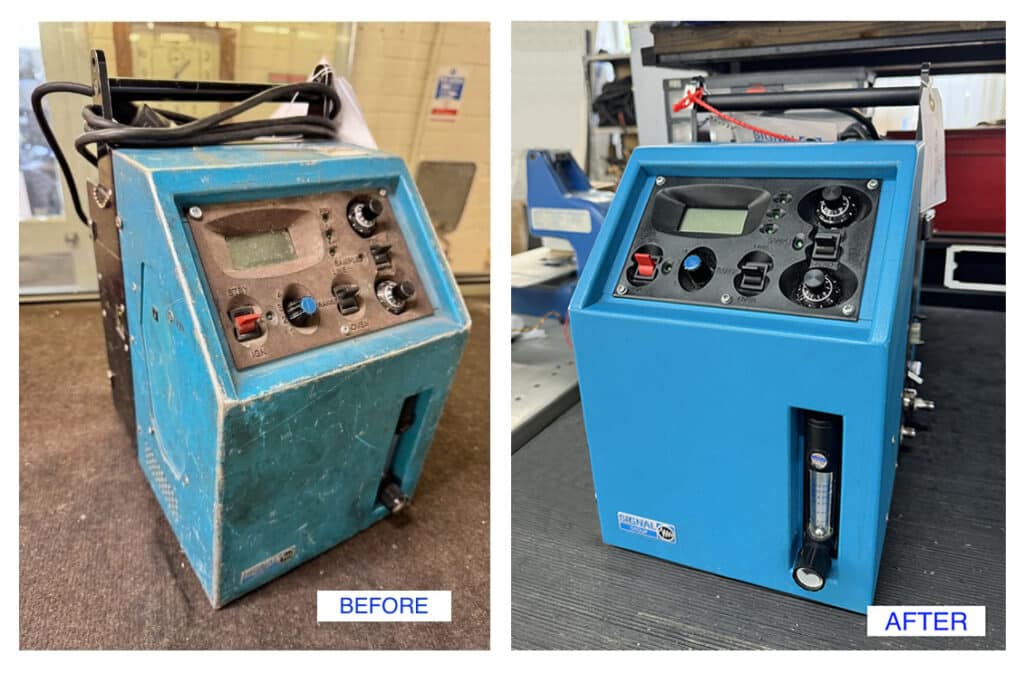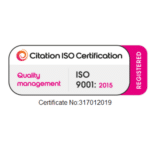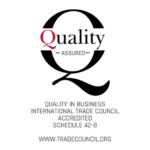As a British developer and manufacturer of gas analysers, Signal Group follows the emergence of international Standards very closely. This is because Standards ensure that monitors are fit for purpose, and also because regulators require operators to employ suitably certified equipment. Signal Group is therefore delighted to confirm that the latest version of its portable FID analyser, the 3010 MINIFID PURE is being submitted to TÜV for QAL1 testing. This is a procedure to demonstrate that the instrument is suitable for its intended purpose, and meets required performance standards and the uncertainty allowances specified in EU Directives.
Previous versions of this instrument were certified in the UK according to the MCERTS requirements. However, performance requirements have since been unified in Europe, and at the same time product development work has enhanced the capabilities of this product line, so the time has come for us to seek certification to the latest Standards.
Which Standards apply to the discontinuous measurement of TOC emissions?
There are two European standards that apply to the use of portable FID analysers. BS EN 15267-4:2017 specifies the performance levels and test procedures for automated measuring systems used for discontinuous (periodic) measurements of stationary source emissions. It applies to testing based on techniques specified by a standard reference method (SRM) or an alternative method.
BS EN 12619:2013 specifies the flame ionisation detector (FID) method, and is intended for use as a SRM for the measurement of the mass concentration of gaseous and vaporous organic substances in stationary source emissions up to 1,000 mg/m³. This Standard specifies the requirements for a FID instrument with results expressed in mg/m³ as total carbon (TVOC).
Why monitor the emissions of organic compounds?
A wide variety of industrial processes produce emissions that contain organic carbon. For example, volatile organic carbon compounds (VOCs) are a common constituent in the emissions of processes that involve petrochemicals, paints, coatings, adhesives and cleaning chemicals. In many of these processes, solvents play a major role and the release of VOCs represents a risk to health and the environment. Similarly, combustion processes give rise to VOC emissions, particularly where combustion involves the use of an organic fuel. This includes fossil fuels such as petrol, diesel and oil, as well as wastes and biofuels. Organic carbon can exist in emissions as a gas or a vapour; the latter being characterised as a substance that is a mixture of two phases – gaseous and liquid.
By monitoring total organic carbon (TOC) concentration in emissions, process operators can demonstrate compliance with relevant legislation, as well as provide insights for process optimisation, because the presence of organic compounds is an indicator of incomplete combustion. In addition, it is common practice to monitor TOC in order to measure the effectiveness of abatement processes.
Transportable Continuous Emission Monitoring Systems (T-CEMs) are generally employed for regulatory monitoring; verifying and calibrating installed CEMs, according to the requirements of BS EN 14181, and for providing temporary back-up when permanent CEMs are not operating.
How to monitor TOC emissions
As a Standard Reference Method, TOC measurement with a FID is generally preferred. However, where there is a potential for the emission of particularly toxic VOCs, the site permit may include a requirement for the monitoring of individual organic compounds, which means that a monitoring technology capable of speciation will be necessary. Alternatively, it may be necessary for the monitoring activity to distinguish between methane and non-methane VOCs. Where speciation is required, technology such as Gas Chromatography, FTIR or Mass Spectrometry may be necessary. However, if speciation is required, a continuous emissions monitoring system (CEMS) will almost always be necessary.
Choosing the right instrument
If monitoring is being undertaken for compliance purposes, the environmental permit will indicate the certification required for the emissions monitoring equipment. This will limit the number of suitable suppliers, but a number of other issues will need to be addressed when choosing the most appropriate instrument.
If a transportable instrument is required: is it suitably robust? and has it been designed for portability? Keep in mind that it may be necessary to transport the equipment from site to site, and to carry the instrument up ladders in potentially inclement weather.
Price is of course a major consideration, but it is best to compare lifetime costs that take operational costs into account as well as the purchase price. So, issues such as calibration and service requirements will need to be addressed. It is also advisable to examine the supplier’s reputation – do they have support capability? do they have longstanding experience in the supply of portable FIDs? and what has been the experience of previous users?
With over 40 years of experience in the development and manufacture of FIDs, Signal Group can claim to score very highly in such comparisons with the well proven and competitively priced Model 3010 MiniFid. Once this transportable FID has passed through the QAL1 process, S4 SOLAR permanently installed FID will also be submitted for certification.
The prospect of the latest FID technology with TÜV certification for QAL 1 of EN 14181 will be of major interest to stack testers and process operators with a requirement to monitor TOC emissions.

